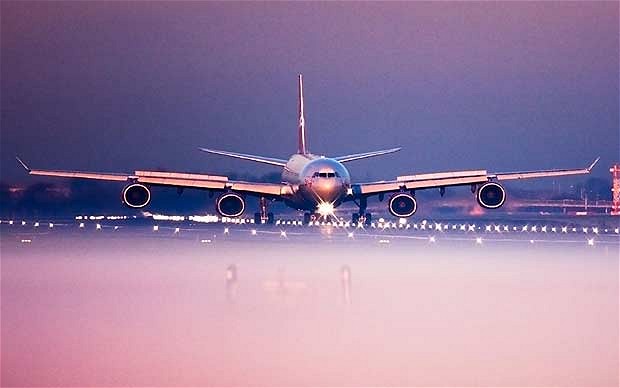Franchising, retail, business

27/01/2015
Dubai International has soared past London's Heathrow to become the world's top airport for international travel, riding a boom in long-haul flights between Asia and the West.
Traffic at the airport for passengers flying outside Dubai surged to 69.9m, overtaking Heathrow’s 68.1m, according to figures from Airports Council International.
However, Dubai is still behind Heathrow in terms of overall passengers, including domestic flights. Some 70.5m travelled through the terminal last year, compared to Heathrow’s 73.4m.
"This historic milestone is the culmination of over five decades of double-digit average growth," said Dubai Airports chairman Sheikh Ahmed bin Saeed al-Maktoum.
He added that he expects traveller numbers to surge again this year. The airport is boosting its annual capacity to 90m passengers this year with the opening of Concourse D - a new hall for arrivals and departures.
Dubai International is home to Emirates, the Middle East's largest carrier. Along with Abu Dhabi's Etihad and Qatar Airways, the airline has seized a significant portion of travel between the West, Asia and Australasia as the number of international trips swells.
Flights to and from western Europe saw the biggest passenger growth in Dubai, followed closely by destinations in the Indian subcontinent, Asia and North America.
Dubai, which has recently suffered from the oil price drop, has spent years trying to diversify its economy, with core sectors now including trade, transport and tourism.
Back in 2008, the then chief executive of British Airways, Willie Walsh, warned that Dubai’s plan was “to become the hub that links the world’s biggest aviation market, North America, with its fastest-growing, Asia – and this link would bypass Europe altogether”.
By 2020, Dubai authorities expect its main airport to welcome 98.5m passengers. Its aviation industry is projected to account for 22pc of the emirate’s employment and more than a third of GDP.
Dubai's other airport, Al-Maktoum International, opened for passengers in 2013 and will be capable of handling 120m travellers when completed in 2022 - 40m more than Heathrow’s current maximum. Eventually the mega-hub will cater for 240m passengers a year.
Heathrow is currently battling to be granted clearance for a third runway, competing with Gatwick for expansion. The Airports Commission is due to conclude its findings after the General Election.
"Britain has benefited from being home to the world’s largest port or airport for the last 350 years. But lack of capacity at Heathrow means we have inevitably lost our crown to Dubai. This highlights the pressing need to get on and expand our own hub, Heathrow, so that we can connect the whole of the UK to global growth," a spokesperson for Heathrow said in a statement.